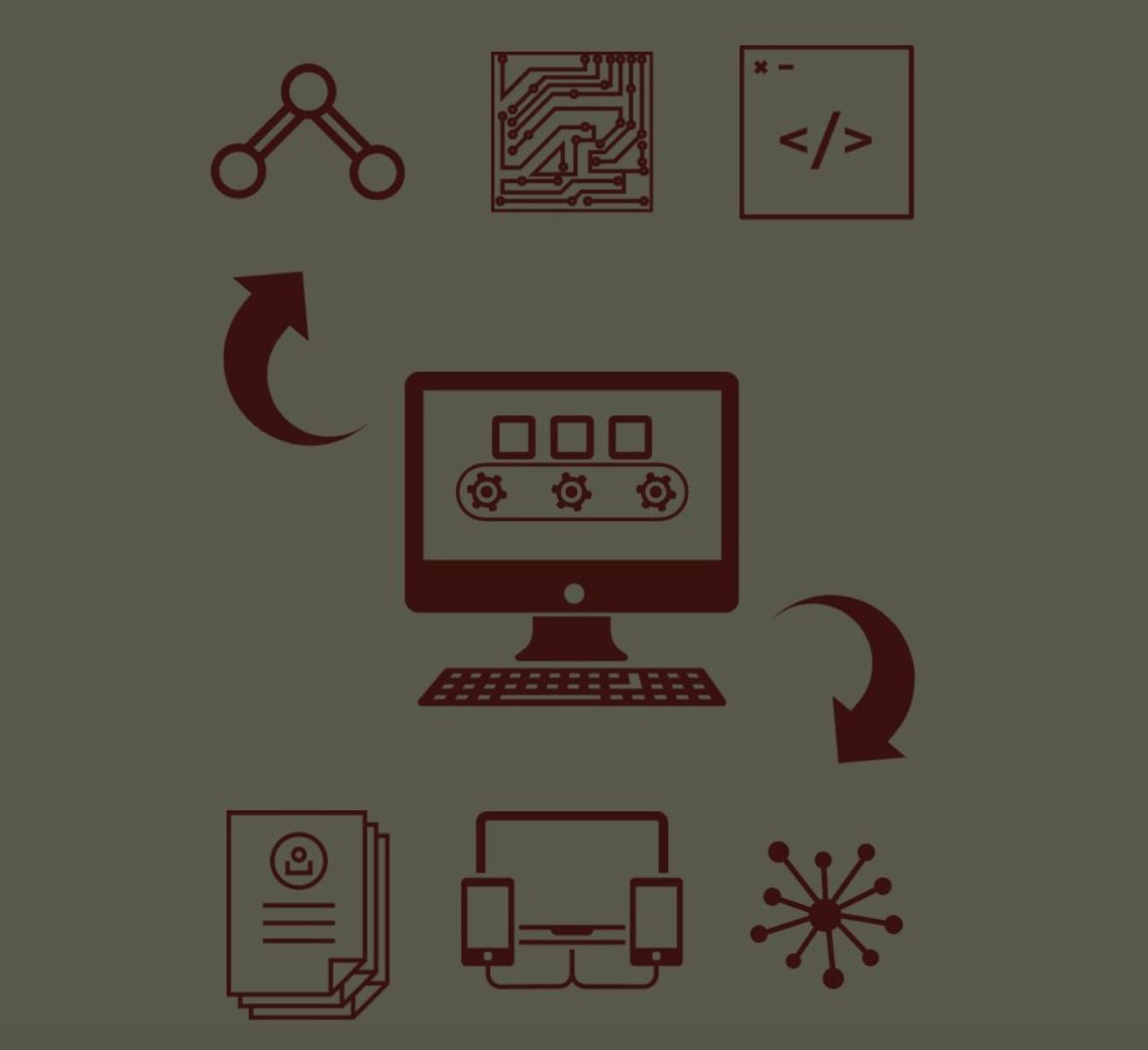Picture this: all your engineering applications run slow, or worse, continue to shut down. Yet, the IT team reports no alerts within the remote monitoring and management systems despite the problem.
What is the root cause and how do you fix it?
Remote Monitoring and Management Breakdown
The problem revolves around traditional IT network monitoring, or Remote Monitoring and Management systems (RMM). This type of monitoring normally only occurs at the network level. At this level, events or alerts flag depending on network traffic, server availability, disc space, and CPU performance. This is a serious limitation, particularly as it applies to engineering applications.
Applications with slow processing times, constant crashing issues, or other operating difficulties cost your organization time and money. Moreover, the network monitoring must dive deeper to preserve your time, especially with engineering applications.
The location of your engineers and network servers does not matter, especially if your engineers cannot perform basic functions. Without an ability to complete simple tasks — like check-in/check-out — how can they perform more system-intensive ones, such as file conversions? What should be an efficient application to design innovative products is now a frustrating experience that drains engineering efficiency. Furthermore, this results in additional, unnecessary hours to manage design files – and a massive headache.
Employing remote design teams with VPN access almost guarantees that design engineers will encounter an equally, if not more, frustrating experience. In fact, in some cases, they’ll find CAD/PDM applications unusable.
Thus, the obvious question – how can you make the lives of your engineering design team better and ensure they can perform their job with minimum disruptions, downtime, and frustration?
The answer is Spyglass, a solution designed by SPKAA that accomplishes “Dedicated Engineering Application Monitoring and Management (DEAM)”. This solution reaches through and beyond the capabilities of standard remote monitoring and management systems.
How does Spyglass differ from RMM?
Spyglass, which focuses on Dedicated Engineering Application Monitoring and Management (DEAM), takes IT network monitoring and management to the next level. Unlike Remote Monitoring and Management systems (RMM), DEAM dives deeper into the application layer to provide visibility on the users’ experience. Ultimately, a positive user experience is the main goal, particularly when it affects the efficiency and productivity of your engineering design team.
Unfortunately, most IT teams insist that Remote Monitoring and Management (RMM) is the industry standard for all network monitoring needs, including design engineering applications. We wholeheartedly disagree.
So why doesn’t IT recognize this problem? As it turns out, it’s no fault of their own. Despite several years of circulation and successful usage, DEAM systems like Spyglass are still relatively unknown. Designed by a group of SPK and Associates engineers, Spyglass allows your team to probe deeper into the application level and quickly determine the root cause of an engineering application issue. The root cause could be network latency, an unresponsive application, corrupt data, crashing, or that the app is down altogether.

Remote Monitoring and Management vs. Spyglass
Let’s say your design engineer faces a slow or unresponsive design application, corrupt data, or crashing. Since traditional RMM only monitors network and operating system performance, the IT team reports that there is no problem on their end. The CAD/PDM and database admins also report no problem on their end. Yet, your design engineer is still idle… and frustrated.
No wonder it takes so long — no one recognizes that there is a problem, other than the design engineer. Trying to find the root cause becomes a puzzle. Is it a network issue, a database issue, or an application issue? Not only is this an arduous process with multiple siloed parties, but it often takes several passes before the problem reaches resolution. Valuable time wastes away, and your design engineer can only stew in frustration until the issue is resolved.
On the flip side, Spyglass can quickly determine the root cause of your design engineers’ issue, saving countless hours of troubleshooting and issue resolution.
How does Spyglass accomplish this?
Spyglass was designed for and by engineers. It combines functions of a network, systems, database, and engineering app troubleshooting team into one package. It probes all four functions to quickly determine the root cause of an issue experienced by the design engineer. As a type of DEAM, Spyglass simulates the critical functions that a design engineer may experience while working with design files, leading to enhanced troubleshooting.
At the network level, Spyglass performs like any other Remote Monitoring and Management solution. It checks on network traffic, server ability, and disc space. However, Spyglass has the ability to “simulate a typical user” in your engineering organization. It then attempts to complete regular user tasks: login, log out, run sample queries, and supervise file management. Ultimately, Spyglass ensures the integrity, availability, and overall performance of the engineering design application.
Furthermore, it does this every five minutes.
Spyglass works with most of the key engineering design apps — Solidworks PDM, PTC Windchill, or Autodesk. It also works with a large number of DevOps tools such as Jira, Git, CloudBees, and others. While some of the DevOps tools contain their own monitoring capabilities, SPK’s Spyglass can integrate all the monitoring and management into one user interface or set of dashboards. Again, this makes it easier to identify the root cause of problems and ensure little to no downtime in a software team’s continuous integration, delivery, and release.
More importantly, Spyglass can predict and prevent future engineering app and database issues. This ensures your engineering apps run alongside your design team, and at the expected level of performance.
How Can I Implement Spyglass to Advance RMM?
Spyglass is available to engineering design teams that want to monitor and manage their engineering applications more predictably. It is available to teams to use independently, or via SPK’s remote technical services team. Either way, if an issue arises, your team – or the SPKAA team – will receive an alert to the issue and immediately shift into diagnosis mode. Often times, the problem reaches resolution before impacting your engineering team. Sometimes, our team at SPKAA will solve the issue before your engineering team realizes they had a problem!
Spyglass Benefits: Security
Spyglass can also monitor multiple locations at the same time, which is critical for organizations that employ remote design teams and prioritize VPN access.
Additionally, Spyglass keeps an eye on metrics such as storage performance, index fragmentation, database free space, network latency, and much more. It can even be configured with pre-set triggers. For example, if it detects that your cloud-based storage is getting low, it will send you an email alert. And if that storage runs critically low, Spyglass can automatically resize the virtual disk to compensate.
From a security standpoint, SPK’s Spyglass DEAM works overtime to keep your IT environment highly secure. It keeps an eye out for suspicious events, like bad actors attacking your firewall, or spikes indicative of a denial-of-service (DOS) attack.
Looking to ease the stress of your engineering design team so they can focus on innovation? Consider Spyglass from SPK and Associates. Let us implement solutions so your teams can perform their job with minimum disruptions, downtime, and frustration.
Next Steps
- Contact SPK and Associates to discuss and identify how we can help your engineers with Spyglass and secure, unique solutions for DevOps efficiency and upgraded network monitoring.
- Read our White Papers & Case Studies for examples of how SPK provides automation options to increase engineer productivity, as well as devise accessible, cloud-based solutions.
- Subscribe to our blog to stay informed on product development and engineering efficiency topics.






